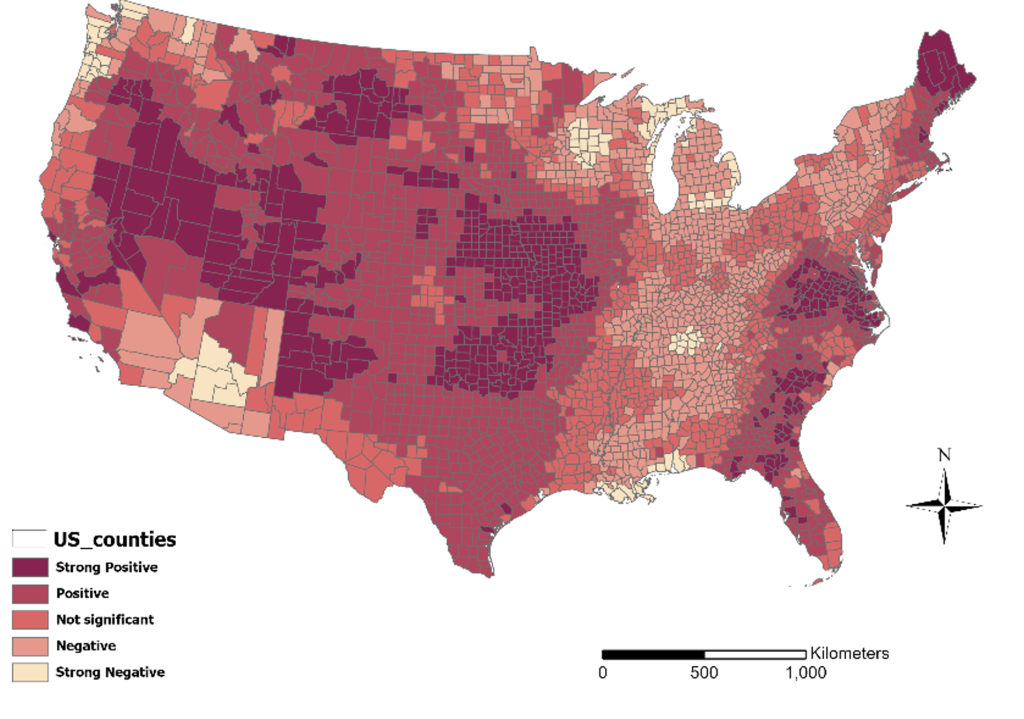Funded by the National Institutes of Health NICHD 1R01HD116874-01
In resource-limited settings, the developmental potential realized if lack of responsive stimulation, malnutrition, and infection in young children are all addressed is unknown. Our study will test whether early childhood development in Liberia is improved by a combination of interventions that promote responsive stimulation and improved feeding by the provision of eggs and dried fish (nutrient-dense animal-source food) integrated into existing infection control activities of the national health system, and whether, in combination, these stimulation and feeding interventions will be more effective than responsive stimulation alone and the provision of animal-source food alone. Our findings will provide conclusive evidence of the effectiveness of an integrated intervention that will have implications for public policy and programs aimed at improving child development.

Funded by the National Institutes of Health NICHD/NIEHS 1R21HD114012-01A1
Little is known about the potential effects of weather-related events on child physical health, mental health, and development, despite children being a particularly vulnerable population in which the long-term consequences of extreme weather events could be devastating. Our proposed study will use a multi-level repeated cross-sectional design with big data methods on combined data from seven rigorous national datasets to understand the direct and indirect effects of extreme heat, drought, flooding, and storms on child physical health, mental health, and development in the USA. The results of this study will lay the foundation for future analyses of data from other parts of the world and provide critical evidence for policies tackling extreme weather and health.

Funded by the USC Collaborative for Health Equity
Pica is the craving and consumption of non-food items, and includes the ingestion of earth (geophagy), raw starch (amylophagy), and ice (pagophagy). Pica has been documented globally and is overwhelmingly associated with pregnancy. In the United States, pica is most often seen among rural, Southern, African American, and Hispanic populations. Pica is viewed as a cultural practice, as well as a biological response to nutritional deficiencies, infection, or stress. The health complications associated with pica include exposure to toxins, heavy metals, and geohelminths, and reduced nutrient absorption, with implications for maternal, fetal, and infant health and development. Across the Southern United States, where pica in pregnancy is likely common given its cultural roots and the high prevalence of prenatal anemia, there is a striking dearth of data on the epidemiology of pica, its risk factors, and associated clinical conditions. Without an understanding of the epidemiology of pica, its etiology, and health impacts, pica is a condition that will continue to be left undiagnosed, exacerbating existing disparities and further marginalizing those affected, with potentially long-term adverse consequences for the mother and infant. The current study brings together an integrated team of clinical, community, and research experts to conduct a mixed methods cross-sectional study of pregnant women living in South Carolina to examine the epidemiology of pica and understand pica etiologies, behaviors, and lived experiences. Pregnant women in their second trimester are being recruited from Lexington Medical Center and Prisma Health serving patients with a range of racial, ethnic, and socioeconomic backgrounds.

Funded by the Bill and Melinda Gates Foundation
Growth monitoring is the process of following the growth of children by periodic, frequent anthropometric measurements that are compared to an appropriate standard to assess the adequacy of the child’s growth.The goal of this study is to re-examine the use of growth monitoring and promotion to address child health and development.
